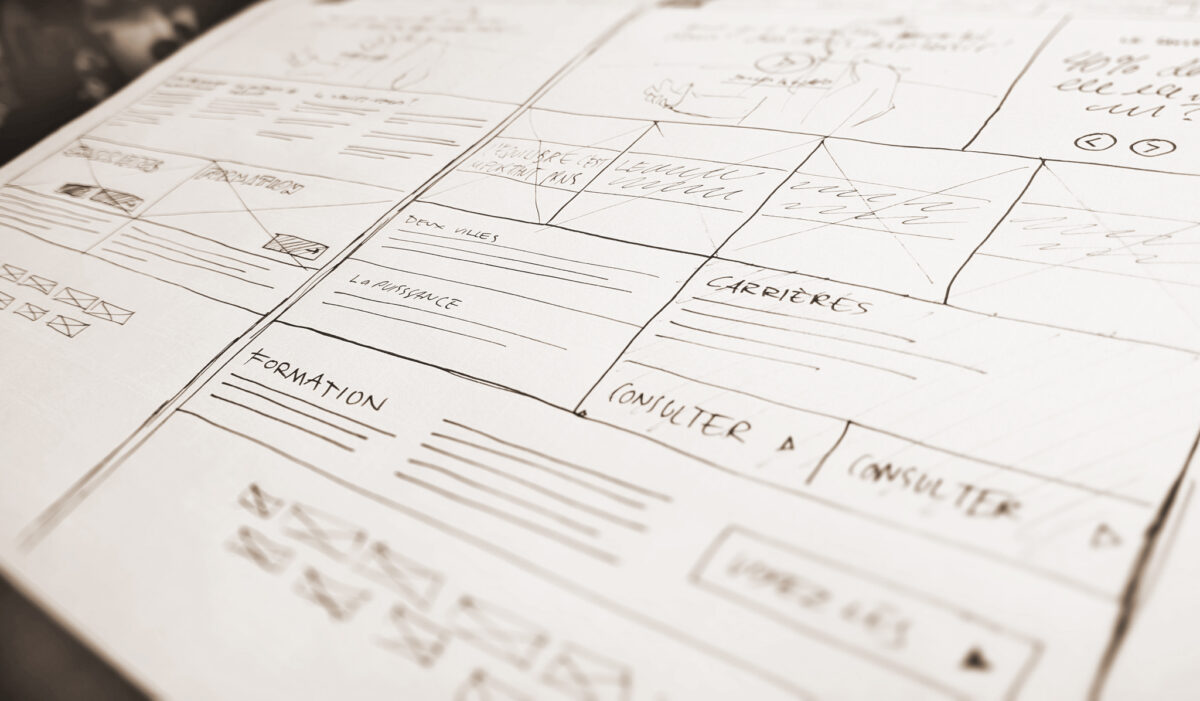Launching a website is an exciting milestone, but before you unveil it to the world, there’s an essential step that shouldn’t be overlooked: quality assurance and quality control (QA/QC) through rigorous testing. This post highlights the importance of meticulous testing, covering topics such as design execution, functional integrity, cross-browser and cross-platform compatibility, involving multiple perspectives, and the notion that it’s never too late to implement these practices.
Design Execution to a Pixel Perfection

Designers invest significant effort in conceptualizing user interfaces and experiences, aiming for pixel-perfect precision. It falls upon web developers to faithfully translate these designs into a functional website. By following the design closely, developers ensure that the visual appeal envisioned by the designers is successfully reflected on the website. This attention to detail enhances user satisfaction and establishes a professional impression.
Beauty without Function Is Ugly
Aesthetically pleasing designs can captivate users, but if the website’s functionality is flawed, the appeal quickly fades away. A visually stunning website must also provide a seamless user experience, intuitive navigation, and error-free interactions. Prioritizing functional integrity ensures that users can effortlessly achieve their goals and enjoy a smooth browsing experience, leading to increased engagement and customer satisfaction.
Cross-Browser and Cross-Platform Testing

Don’t be fooled by a website that appears flawless on your own computer. Cross-browser and cross-platform testing is crucial to ensure consistent performance across various devices, browsers, and operating systems. What works seamlessly on one browser or device might display inaccurately or malfunction on another. Testing your website on popular browsers and devices guarantees a wider reach and guarantees a positive experience for all users, regardless of their preferred platform.
Multiple Points of Reference is Key
While it’s essential to test your website yourself, relying solely on your perspective may overlook potential issues. Enlisting the help of others, especially professionals, provides fresh insights and exposes hidden problems. Their diverse experiences and viewpoints bring valuable perspectives that help identify usability issues, design inconsistencies, or functional flaws. Incorporating multiple points of reference strengthens your website’s quality and helps deliver an exceptional user experience.
It’s Never Too Late

Even if you haven’t prioritized QA/QC during the development process, it’s never too late to implement these best practices. Conduct thorough testing, identify and address any issues, and make the necessary improvements. Remember, investing in rigorous testing now can save you from costly consequences later, such as poor user feedback, lost opportunities, or damage to your brand’s reputation. In fact – you should test your website continuously after going live.
Conclusion
Launching a website without proper QA/QC and rigorous testing is like presenting a half-baked masterpiece. By focusing on design execution, functional integrity, cross-browser compatibility, and involving multiple perspectives, you ensure a smooth user experience and increase the chances of a successful website launch. It’s never too late to prioritize quality assurance and control, so don’t hesitate to implement these practices before unveiling your website to the world.



